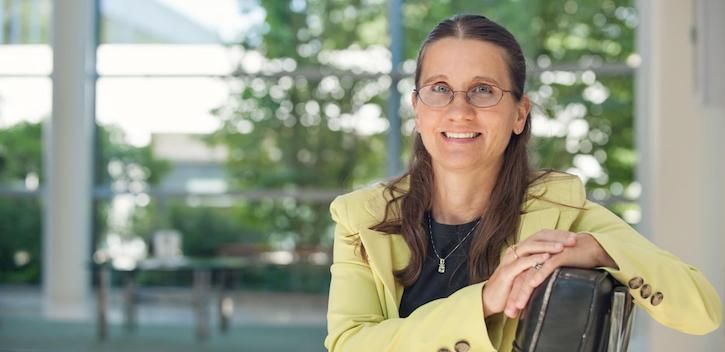Team Hopes to Fight Cancer Patient Confusion with Validated Interactive Tool
Dr. Google has its place, but Dr. Sarah Hawley believes that for patients to make the right decisions about their cancer care, they'll need the right information.

It’s difficult to make the right decision without the right information, increasingly so in emotional scenarios. Cancer patients face them repeatedly, and they often turn to Google for help.
Sarah Hawley, PhD, (pictured) and her team at the University of Michigan’s Comprehensive Cancer are looking to build an interactive tool to bring cancer patients the context they need. While she said she is glad that the internet is there, she thinks it’s important that patients also have access to validated, standardized information cultivated by medical professionals.
“We developed iCanDecide to really address 3 things: the knowledge deficit, values clarification, and patient activation,” she told Healthcare Analytics News™ of her team’s project. “We wanted to test it out against a static, standard website which would be similar to what most patients would see when they hop on the web and they look for information.”
There are numerous considerations when designing such a tool, Hawley said, because of the variation in patients. First, there’s the wide variety of cancers a patient could potentially suffer from. There’s also questions of their preexisting knowledge, the number of appointments they have already attended, and how their values will dictate their treatment preferences.
Hawley and her colleagues focused on breast cancer. In previous surveys they had conducted, they’d found that, “knowledge about the risks and benefits of different treatment options continues to be low in breast cancer patients,” she said. “That seemed like something we could potentially fix, and that we should fix.”
They set up a randomized control trial to compare how their interactive tool performed against the control website they had designed, which contained similar information but was entirely static. About 500 patients with recent breast cancer diagnosis were randomly assigned to use either the static website or the interactive iCanDecide tool, which systematically led them through a series of modules about their treatment options and questions about their values and their understanding of the information. It also included tailoring information to give them tips on what to ask of their doctor.
In a follow-up survey conducted 5 weeks later, 61% of patients who used the interactive tool had high knowledge of their treatment options, while 42% of patients who used the site did. And 50% of the patients who used the iCanDecide tool reported feeling prepared to make a treatment decision, compared to only 33% who were shown the website.
“I think there’s opportunity for tools like this, the challenge is figuring out how to make them widely available in different practice settings,” Hawley said. While a tiered patient engagement tool could be useful to all patients, she thinks it could go farthest in environments where resources are already short.
“Our goal is to make a tool like this available particularly in settings that aren’t large academic centers where the university or the center may have access to as many tools,” she said.
Results of the study were published this week in the Journal of Clinical Oncology.
Podcast: Adoption of Healthcare Tech in the Age of COVID-19 with Dr Kaveh Safavi
June 22nd 2021Kaveh Safavi, MD, JD, global health lead of Accenture Health, discusses how the pandemic influenced the speed at which healthcare organizations adopted new technologies and how this adoption is impacting patient care.